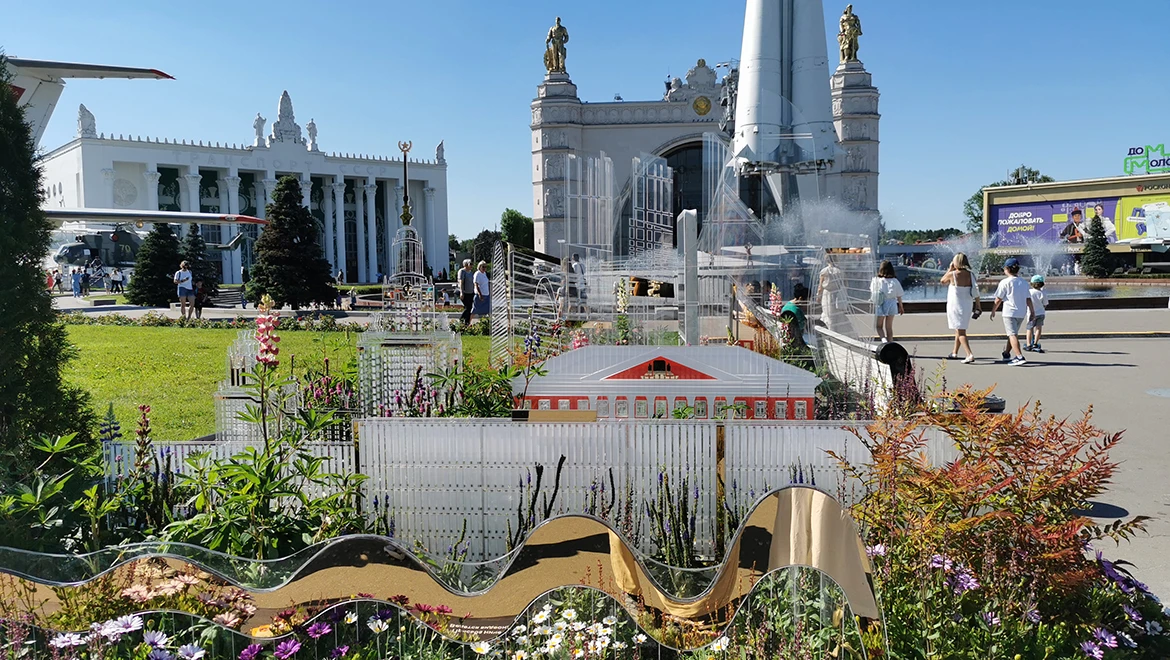Rhodiola rosea. Khanty-mansi autonomous area
Rhodiola rosea is a plant from the Crassulaceae family, listed in the Red Data Book of Yugra. In popular usage, Rhodiola is called "golden root" due to its unique medicinal properties and the golden color of its roots. It also has a second name, "rose root," because of its sweet fragrance that closely resembles that of a rose.
In folk medicine, rhodiola has been known to people for several centuries, it is especially popular in the northern expanses of the Russian Urals and Siberia. Rhodiola rosea is often compared to ginseng, although it is much more affordable. It helps the body adapt to adverse environmental conditions and cope with the effects of diseases and stress. It is used to enhance endurance, performance, and longevity.
Interestingly, the plant has always been surrounded by many legends, and the locations where golden root grows were carefully hidden from outsiders. That is why the plant, whose special tea was once consumed by Chinese emperors, Altai hunters, Scandinavian Vikings, and Pamir shepherds, was only discovered by botanical science in 1961. Ordinary people were introduced to rhodiola by Professor G.V. Krylov, whose expedition found this unique flower in the Altai taiga at an altitude of 3000 meters. It was then that scientists realized the legendary "golden root" and this seemingly inconspicuous perennial are one and the same.
Today, there are plans to build special greenhouses for the industrial cultivation of golden root in one of the most inaccessible areas of the Khanty-Mansi Autonomous Area — Beloyarsky. The former collective farm fields will be an excellent place to bring this ambitious project to life. Here, it is planned not only to grow the golden root but also to process it.
"Growing medicinal plants is not yet very popular and is just starting to gain momentum, so we want to test this technology to see how well they can accumulate the necessary substances not in nature, but in artificial conditions," said Zoya Samoylenko, Candidate of Biological Sciences, Associate Professor at Surgut State University.
To help the sprout emerge into the light from artificial soil, scientists carefully monitor the temperature, lighting, and humidity. Each red-listed sprout here, in a foreign land, is given an environment as close to its natural habitat as possible.
Currently, biochemists are working with the plant. Their task is to understand what has grown on the farm, how many beneficial substances are in these herbs, and how the already meticulous care can be further improved.
Along with the RUSSIA EXPO, the flower festival is also coming to an end.
The "Future in Flowers" festival continues at the RUSSIA EXPO, where unique flowerbeds from all regions of our country can be seen at the "Space" pavilion until July 8.
The RUSSIA EXPO concludes on July 8, and with it, the flower festival will also come to an end.





